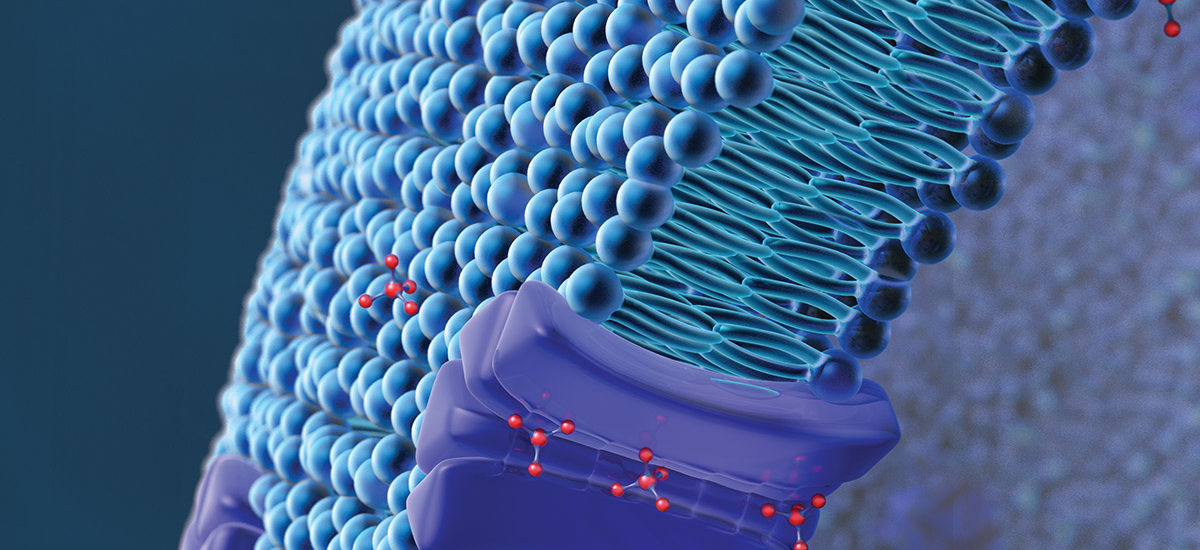
Drug Transporter Inhibition Studies
You can now request quotes for our research services on BioIVT.com!
Whether you need a single assay or a complete ADME program, BioIVT’s experts will help design and implement the appropriate studies for your drug and research objectives. View BioIVT’s comprehensive portfolio of ADME research services.
We offer definitive in vitro transporter studies to determine if a drug compound may be an inhibitor to drug transporters using validated, industry-accepted test systems. Transporter Inhibition assays are designed to evaluate a drug compound’s potential to act as a perpetrator in transporter-mediated drug-drug interactions (DDIs) with concomitant substrates.
Our Approach to Evaluating Drug Transporter Inhibition Potential
The intention of DDI studies in a preclinical data package for IND submission is to prevent patients’ unnecessary exclusion from clinical trial participation by predicting potential for harmful interactions with concomitant drugs through a risk-based approach. To address direction by the Food and Drug Administration (FDA) to “determine if the investigational drug is an inhibitor of a transporter” (In Vitro Drug Interactions Studies— Cytochrome P450 Enzyme- and Transporter-Mediated Drug Interactions: Final Guidance for Industry, FDA 2020), we offer in vitro transporter inhibition studies designed to meet current FDA, European Medicines Agency (EMA), and Pharmaceuticals and Medical Devices Agency (PMDA) expectations for investigational new drug applications.
The FDA specifies the following transporters for standard investigation of the inhibitory potential of a compound:
- P-gp
- BCRP
- OATP1B1
- OATP1B3
- OCT2
- MATE1
- MATE2-K
- OAT1
- OAT3
The EMA’s “Guideline on the Investigation of Drug Interactions,” also specifies that if necessary, you should consider evaluating perpetrator potential of a compound with BSEP and OCT1. Depending on absorption, route of administration, site of therapeutic action, and other factors, other transporters may need to be included in your transporter studies. For more information to guide your decision making on timing and individual transporters to assess, check out our Drug Transporters Decision Tree, a poster comparing regulatory expectations between FDA, EMA, and PMDA, or our collection of transporter-related scientific content. Additional features of our drug transport study design and a chart of known clinically relevant transporter DDIs can be found on our Drug Transport Services page.

Our Approach to Evaluating Drug Transporter Inhibition Potential
Test systems and study design used to evaluate inhibitory potential vary across types of transporters, and can be viewed in terms of uptake and efflux:
SLC (Uptake) Transporter Assays
Uptake Transporter inhibition is evaluated by measuring the effect of the test compound on the accumulation of a probe substrate in the transporter-expressing versus control cells within a specialized uptake assay.
ABC (Efflux) Transporter Assays
Efflux Transporter inhibition assays measure the ability of the test compound to reduce the bidirectional permeability of a probe substrate across Caco-2 (P-gp) or MDCKII (BCRP) cells within either a specialized transwell assay or vesicle assay.

